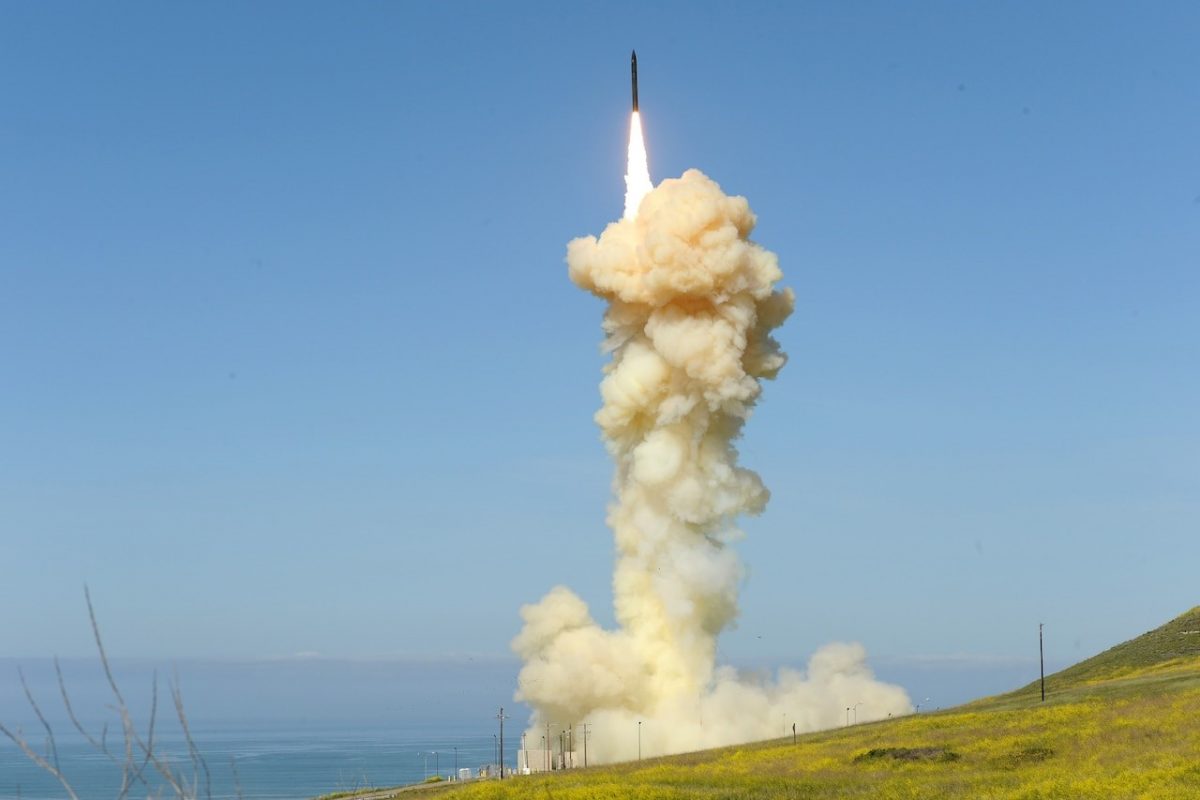The Final Report of the Congressional Commission on the Strategic Posture of the United States
As 2023 drew to a close, the dramatically deteriorating national security picture for the United States and its allies prompted a review of “America’s Strategic Posture.” A committee chaired by Madelyn Creedon and Jon Kyl issued a sobering analysis. We present a summary of this vital analysis.
The militarily troubling and increasingly aggressive behaviors of Russia and China over the past decade led Congress to direct a review of the strategic posture of the United States, including nuclear weapons policy, strategy, and force structure.
China’s rapid military build-up, including the unprecedented growth of its nuclear forces, Russia’s diversification and expansion of its theater-based nuclear systems, the invasion of Ukraine in 2014 and subsequent full-scale invasion in February 2022, have all fundamentally altered the geopolitical landscape. As a result of China’s and Russia’s growing competition with the United States and its Allies and partners, and the increasing risk of military conflict with one or both, as well as concerns about whether the United States would be prepared to deter two nuclear peers, Congress determined it was time for a new look at U.S. strategic policy, strategy, and force structure.
The new global environment is fundamentally different than anything experienced in the past, even in the darkest days of the Cold War. Today the United States is on the cusp of having not one, but two nuclear peer adversaries, each with ambitions to change the international status quo, by force, if necessary: a situation which the United States did not anticipate and for which it is not prepared. While the risk of a major nuclear conflict remains low, the risk of military conflict with either or both Russia and China, while not inevitable, has grown, and with it the risk of nuclear use, possibly against the U.S. homeland.
The United States faces a strategic challenge requiring urgent action. Given current threat trajectories, our nation will soon encounter a fundamentally different global setting than it has ever experienced: we will face a world where two nations possess nuclear arsenals on par with our own. In addition, the risk of conflict with these two nuclear peers is increasing. It is an existential challenge for which the United States is ill-prepared, unless its leaders make decisions now to adjust the U.S. strategic posture.
America’s defense strategy and strategic posture must change in order to properly defend its vital interests and improve strategic stability with China and Russia. Decisions need to be made now in order for the nation to be prepared to address the threats from these two nucleararmed adversaries arising during the 2027-2035 timeframe. Moreover, these threats are such that the United States and its Allies and partners must be ready to deter and defeat both adversaries simultaneously.
The evidence demonstrates that the U.S.-led international order and the values it upholds are at risk from the Chinese and Russian authoritarian regimes. The risk of military conflict with those major powers has grown and carries the potential for nuclear war. Therefore, the Commission reached the unanimous, non-partisan conclusion that today’s strategic outlook requires an urgent national focus and a series of concerted actions not currently planned. In sum, we find that the United States lacks a comprehensive strategy to address the looming twonuclear-peer threat environment and lacks the force structure such a strategy will require.
In reaching that overall conclusion, we make clear that the fundamentals of America’s deterrence strategy remain sound, but the application of that strategy must change to address the 2027-2035 threat environment. Those changes drive necessary adjustments to the posture of U.S. nuclear capabilities – in size and/or composition. A full spectrum of non-nuclear capabilities is also essential to the nation’s strategic posture. Such adjustments, in turn, drive the need to strengthen and expand the capacity of the infrastructure required to sustain and enhance U.S. strategic capabilities. In addition, Allies and partners are central to our findings regarding strategy and posture. We also emphasize the need for robust risk reduction efforts as fundamental to the U.S. approach in the new threat environment.
The Report continues tomorrow
Photo: The lead ground-based Interceptor is launched from Vandenberg Air Force Base, Calif., March 25, 2019, in the first salvo engagement test of a threat-representative intercontinental ballistic missile target. The test’s two interceptors successfully intercepted a target launched from the Ronald Reagan Ballistic Missile Defense Test Site on Kwajalein Atoll in the Pacific Ocean. (DoD)
